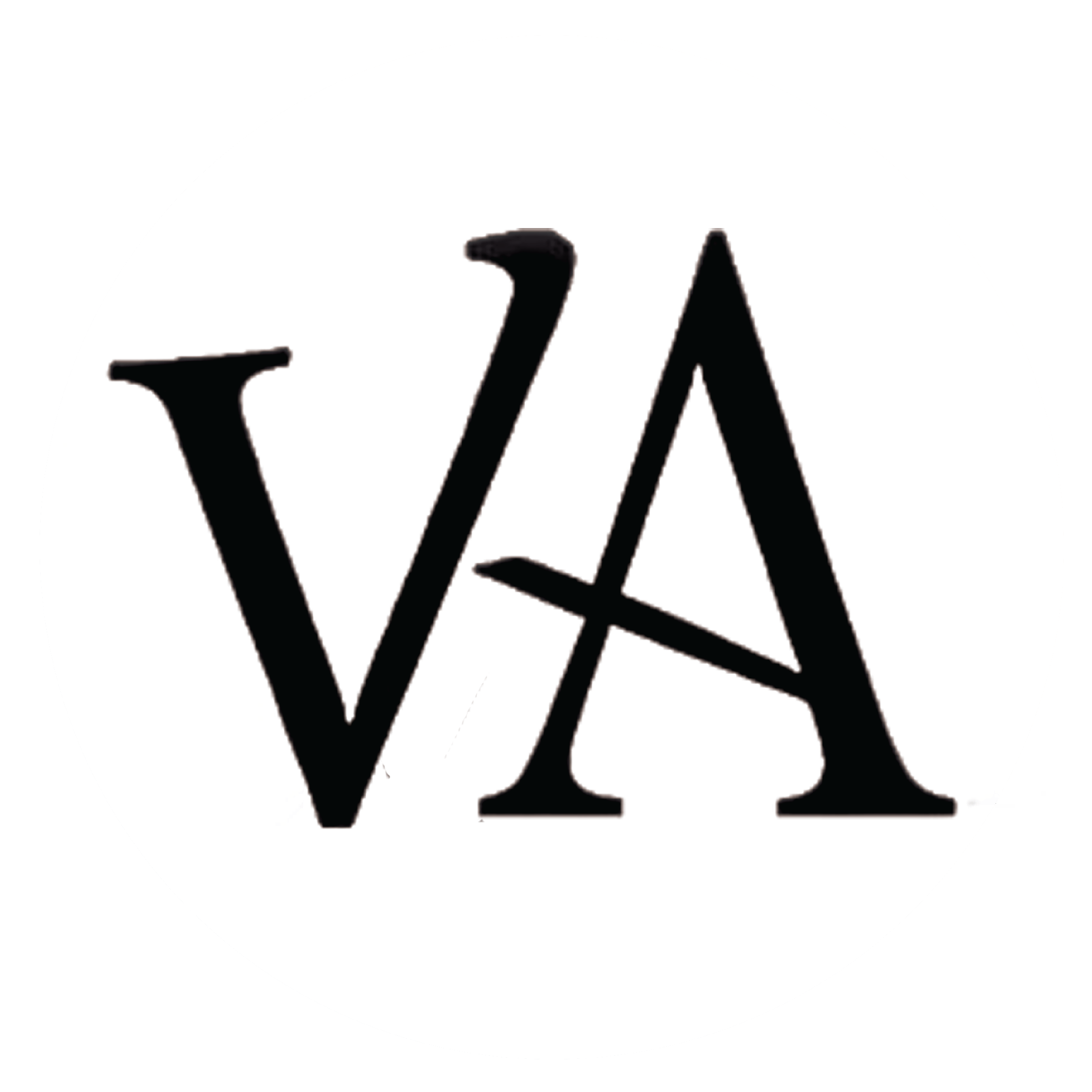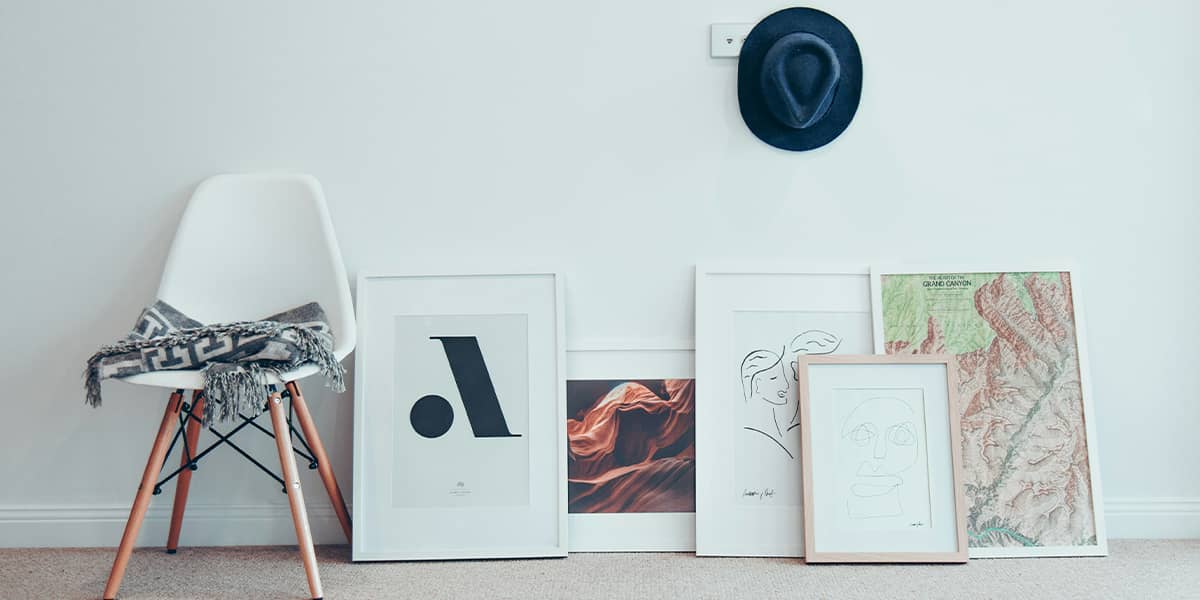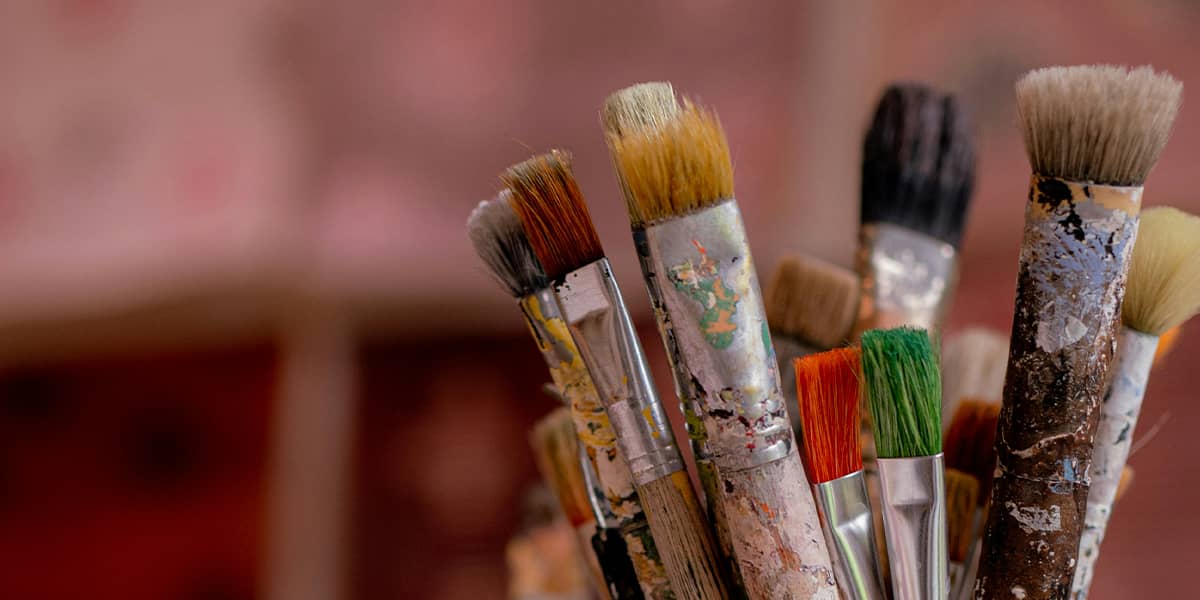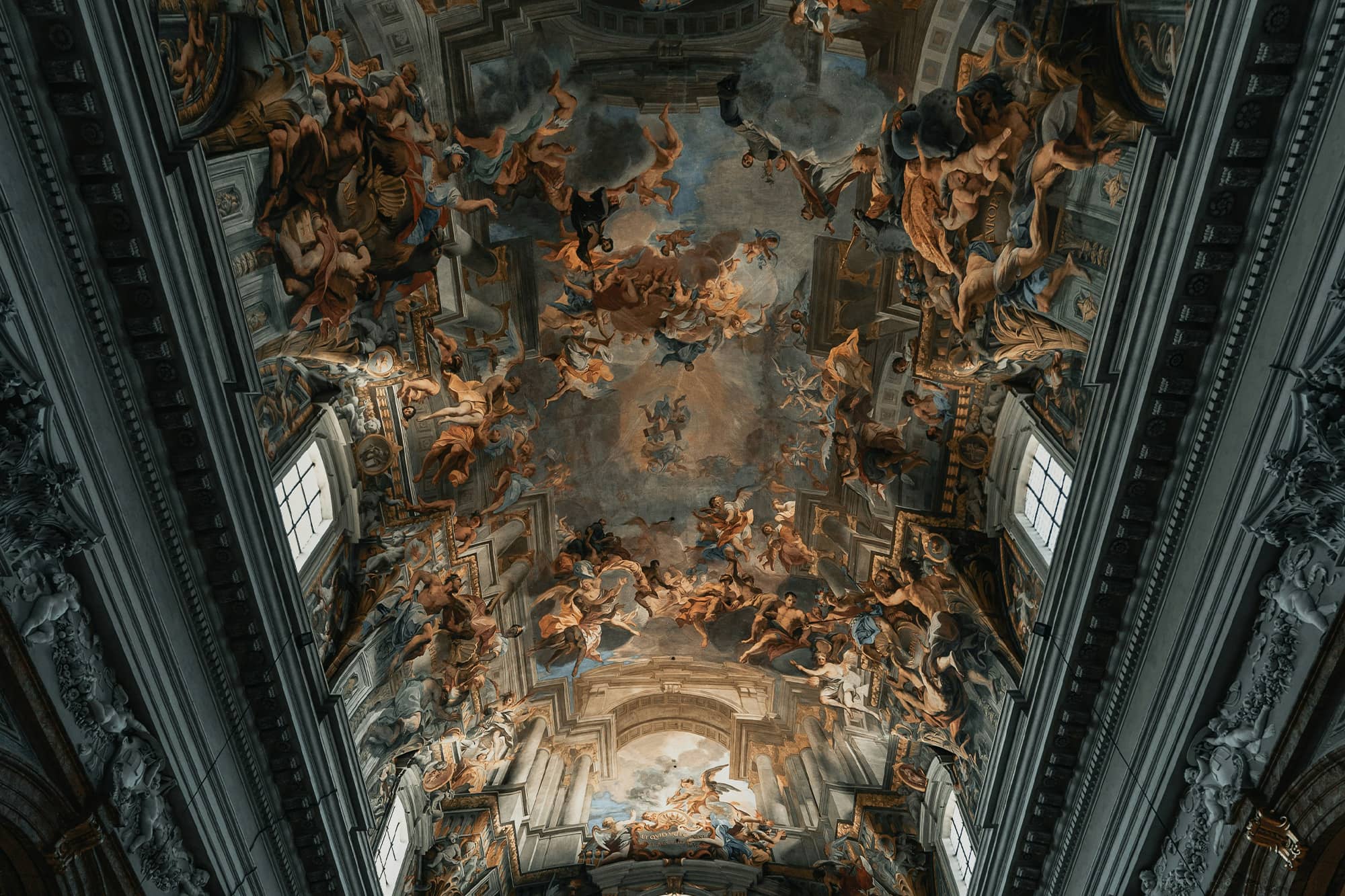Exploring the Palette: A Guide to the Different Types of Brushes for Painting
As any artist will tell you, brushes are the unsung heroes of the painting world. From delicate watercolors to bold oil masterpieces, the type of brush you use can make all the difference in your artistic expression. At our gallery, we understand the importance of selecting the right tools for your craft. That’s why we’ve put together this guide to help you navigate the diverse world of painting brushes.
Round Brushes
These are versatile brushes with a rounded tip and a full belly, ideal for creating both fine lines and broad strokes. They are commonly used in watercolor and acrylic painting for details, washes, and layering.
Flat Brushes
With a flat, square-shaped tip, these brushes are perfect for covering large areas with broad strokes. They’re commonly used in oil and acrylic painting for creating sharp edges, applying thick layers of paint, and blending colors.
Filbert Brushes
A hybrid between round and flat brushes, filbert brushes have a flat ferrule with a rounded tip. They’re great for blending and creating soft edges, making them popular among oil and acrylic painters for rendering foliage, petals, and other organic shapes.
Fan Brushes
As the name suggests, these brushes have bristles fanned out in a thin layer. They’re perfect for creating textures, such as foliage, fur, or clouds. Fan brushes are commonly used in oil and acrylic painting but can also be used in watercolor for subtle blending effects.
Angular Brushes
Angular brushes have a flat ferrule and angled bristles, making them ideal for precise strokes and tight corners. They’re commonly used in acrylic painting for detailing, outlining, and creating sharp geometric shapes.
Rigger Brushes
Also known as liner brushes, rigger brushes have long, thin bristles that come to a fine point. They’re perfect for creating fine lines, intricate details, and calligraphic strokes. They’re commonly used in watercolor and ink painting for delicate work like hair, branches, or fine lettering.
Mop Brushes
These large, round brushes have a full body of soft, absorbent bristles. They’re perfect for creating broad washes, blending colors, and applying thin glazes. Mop brushes are commonly used in watercolor painting for backgrounds and large areas of color.
Detail Brushes
Detail brushes come in various shapes and sizes, including spotter brushes, liner brushes, and script brushes. They’re designed for intricate work and fine details, such as highlights, facial features, and small objects.
When selecting brushes for your painting, consider factors like the type of paint you’re using, the desired effect, and the size and scale of your artwork. Investing in a variety of high-quality brushes can enhance your painting experience and expand your artistic possibilities.
At our gallery, we believe that every brushstroke tells a story. Whether you’re a seasoned artist or just starting, we invite you to explore the endless possibilities of painting with the right tools in hand. Visit us today and let your creativity flow on canvas!




